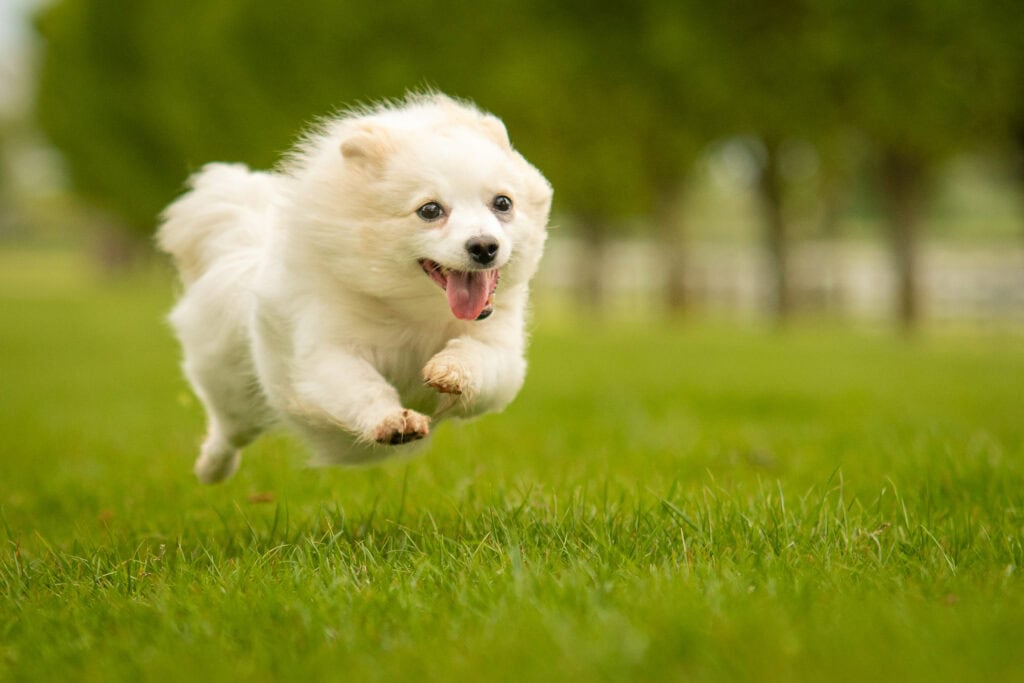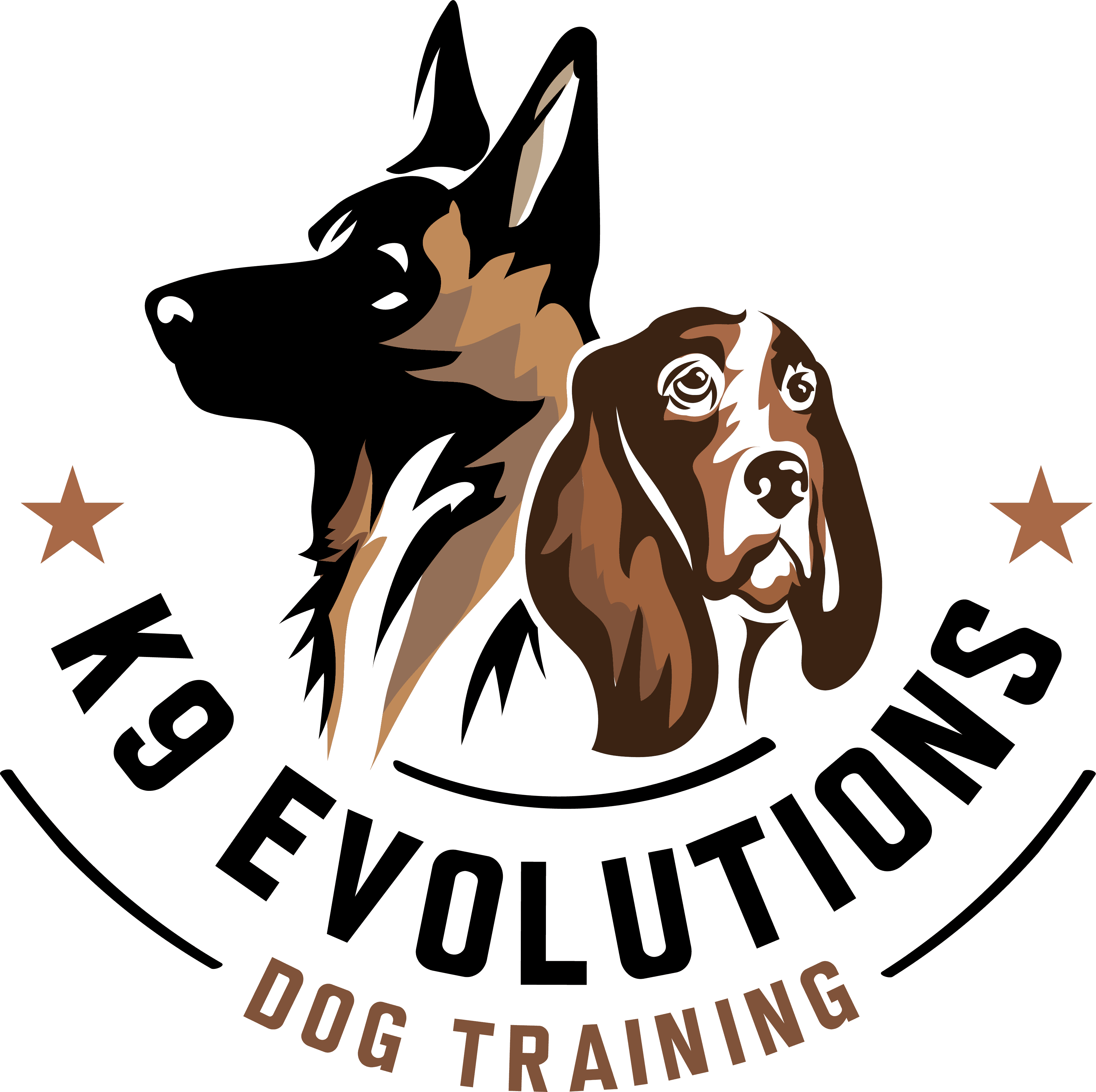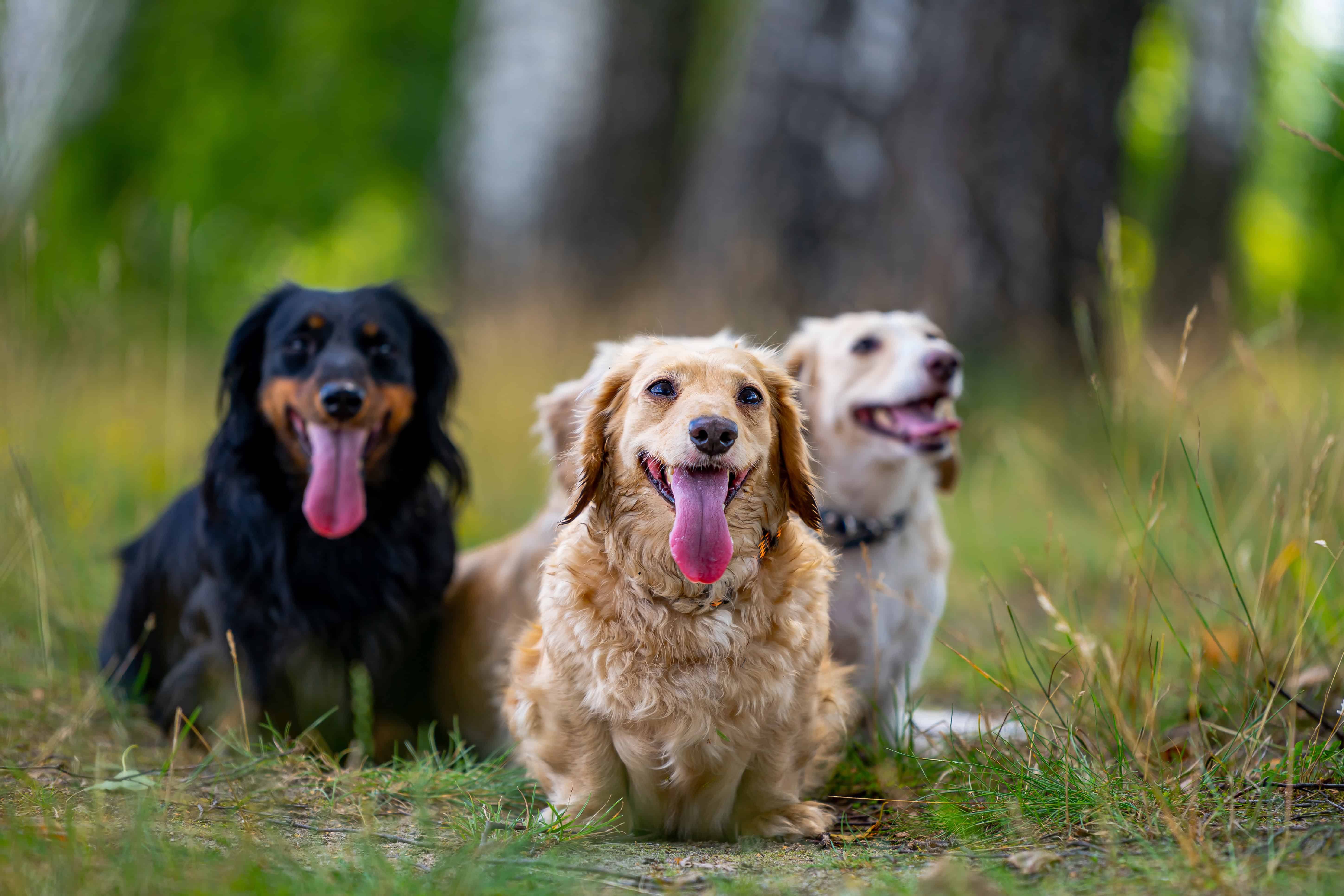When we embark on a new training endeavor with our dogs, we usually do so with a purpose in mind. With basic obedience training, this is usually because we want greater control over our dog’s behavior. In Mondio Ring, we may work on advanced obedience skills because it can lead to increased performance in competitions. For specialized training – such as for search and rescue dogs – we may be training our dog to find missing individuals because we have selected them for that specific task.
Teaching our dogs to come back to us when called – commonly referred to as the ‘recall’ command – is another facet of dog training that is taught for a reason. In this instance, while a recall is used for increasing control and reducing owner stress, it also offers other benefits – including keeping your dog out of trouble in potentially dangerous situations. Two of the most important commands in dog training for safety is an Emergency Down and Recall.
In this article, we’re going to dive deeper into the recall command – including what it actually entails, and summarizing its benefits. We’ll also troubleshoot some of the most common issues that dog owners face when teaching their dog to recall.
What is the recall command?
Put simply, the recall command means that when your dog listens to your instructions when they are a sufficient distance (in excess of 10-15 feet) away from you. The recall command is something that can be specifically taught to dogs, or is something that they may have picked up subconsciously over time.
Wondering if your dog knows the recall command (even if you don’t think you’ve ever focused on training them to do it)? Consider this scenario – if you’re at a public park and your dog is wandering off-leash, around 15-20 feet away from you, will they come back to your side if you call them? Or will they continue to sniff and wander, focusing on the smells and distractions around them?
If your dog will return to you in that situation, then they know the recall command. If they won’t return to you, then they don’t know it – yet.
Even if they do know it, another important question to ask is will your dog do it if a rabbit runs past them? Will they do it if they’re immersed in play with another dog?
When can you start teaching recall to a puppy?
There really is no minimum age limit on when you can start teaching recall to a puppy. If it were my puppy, I would start immediately. Start out in a distraction-free environment with very little going on that a puppy might find interesting. The puppy gets a food reward every single time they come to you. Play the recall game with other family members having the dog go back-and-forth, getting rewarded each time the other person calls and the dog executes recall. This is a great game for a puppy that is fun, but also teaches them to perform recall for all family members.
I would also recommend meeting with a professional trainer as soon as your dog is protected with necessary vaccinations – a concrete foundation led by a professional will be an investment you’ll be glad you made. Your puppy should have a well-established understanding of puppy foundation obedience commands before training somewhere other than home. Once they’re fluent at home, then you can start taking them to different places to train in puppy foundations. If you’re taking them out in public and building on other fundamental obedience commands, then incorporating recall training should be at the top of the list.
Puppies tend to soak up new information like sponges in the imprinting stage. They also won’t have established bad habits or possibly negative learned experiences that may hamper older dogs from learning new commands. As you might imagine, a prerequisite to recall training is ensuring that your puppy knows their name first.
Does teaching a reliable recall mean that my dog will return every time?
It doesn’t! As with every other aspect of dog training, there are no guarantees because our dogs are not robots. You can spend all the time you want training, and 999 times out of 999, your dog may come back to you – but if there’s something in that 1,000th time that piques their interest, it simply isn’t guaranteed they will listen to you above everything else unless they are trained through an off-leash E-Collar training program. Off-leash E-Collar training programs need to be taught by a reputable professional dog trainer.
All we can do as dog trainers (and as dog owners) is to put the odds in our favor. If you have never worked on recall training, your dog might come back to you 20% of the time (or less). If you work on it sometimes, the percentage may increase to 50% or 60%. If you’re diligent and
work on recalls regularly – practising a couple of times each week, for example – you could increase your chances to 85-90%.
The exact percentage depends on the dog, the quality of the training, and how consistent you are with maintaining the behavior. The best argument in favor of recall training – even if we can’t say it is 100% guaranteed to work every time – is that in a life-or-death situation (where your dog is running towards a busy road, for example), you would much rather the odds were that your dog would not run in the road 9 times out of 10 (90%) than 2 times out of 10 (20%).

The benefits of teaching a reliable recall
There are several benefits associated with teaching a reliable recall to your dog. While we usually think of recall in terms of safety, it also provides other benefits, too. Some of these are listed below.
Reduces risk in dangerous situations
As outlined above, in situations where your dog is charging towards danger, a reliable recall can literally save their life. This can be useful in busy public places (such as parks, or near roads), but can also prevent injury or worse when your dog is at risk from an aggressive animal. It is highly recommended for those scenarios to have your dog go through an off-leash training program to know that the recall is rock solid with an insurance policy of having E-collar communication. For high-arousal situations (for example, if your dog gets tunnel vision, or locked in prey drive chasing after a rabbit), you want to know you have that invisible leash on them for safety.
Helps prevent your dog from getting lost
Many pet owners have faced a scenario where their dog will have escaped from home – maybe when they have left the front door ajar for a moment while bringing groceries in, and their dog is all of a sudden gone in the blink of an eye, sauntering around your neighborhood. It’s terrifying and the dog will unequivocally do it again. A strong recall can quickly resolve this issue and ensure your dog returns home to you.
Increases off-leash freedom
In a previous article, we mentioned the benefits of off-leash training. A reliable recall is a key building block of having confidence with your dog off-leash, as it ensures that they – and those around them – can remain safe. Your dog really should not be off-leash at all unless they’ve been through off-leash training for the safety of the dog.
Opens up opportunities for new activities
A reliable recall is essential in some dog sports, such as agility or competitive obedience. If your dog already excels with recall in everyday settings, you can have confidence that they’ll be able to use that skill when transitioning into a new activity.
Improves peace of mind for owners
Ultimately, while your dog will benefit from knowing that they should come back to you, one of the primary benefits is for their guardians. Teaching a reliable recall gives you the confidence to take your dog out in public, or on off-leash hikes, at least knowing that you have taken some steps to increase the chances that they will return when you ask.
Troubleshooting tips for recall training
As with virtually every dog training activity, some dogs take to the recall command quickly; others may struggle. Here are some troubleshooting tips to help if your dog isn’t grasping this concept.
- Generalize your training. It’s one thing for your dog to come back to you in your backyard; it’s quite another at a public park with an abundance of distractions. Make sure to train in a variety of environments to generalize your dog’s recall ability once they are fluent in the behavior at home.
- Never punish your dog for coming to you. Particularly in the early phases of recall training, your dog may avoid or ignore your requests. When they do come to you, do not punish them – negative associations with recall will make it harder to make progress in the future. Why would they want to come to you if they think they’re in big trouble?
- Don’t poison the cue. If you repeat the recall word (ex: “Come! Come! Come! Come!”) and your dog doesn’t respond, the dog either doesn’t understand the verbal cue or comprehend that they must come. By repeating the command over and over with no spring to action, learned irrelevance can take place and the word has no meaning to the dog. You can change the verbal cue and start again, or start again from scratch with the old verbal cue.
- Make sure the motivator is sufficient in the early stages. Initially, it may take a lot for your dog to break away from playtime or sniffing the flowers to come back to you. A high-value motivator (such as a tempting dog treat, or a toy if that motivates them) can make it easier for them to respond.
- Increase distractions gradually. Distractions are always going to be a barrier to a foolproof recall. Try not to overwhelm your dog with a wide array of distractions, as this is unlikely to result in a successful recall. When practising more complex recalls – over long distances, or around difficult distractions – you can always use an E-collar as a communication method to redirect your dog’s focus. Think of it as a gentle tap on their shoulder to get their attention back on you.
In conclusion
Ensuring your dog has a reliable recall can be very empowering as a dog owner – it not only helps to keep your dog safe, but it can offer them the freedom and enjoyment of off-leash activities.
If you’re struggling with your dog’s recall, please reach out to us at K9 Evolutions Dog Training! Whether you have a new puppy you’re looking to train, or a stubborn older dog whose recall has lapsed, we would love to help you. Email us at info@k9evolutionsdogtraining.com or call (612) 227-7019 for more information on our training programs.




